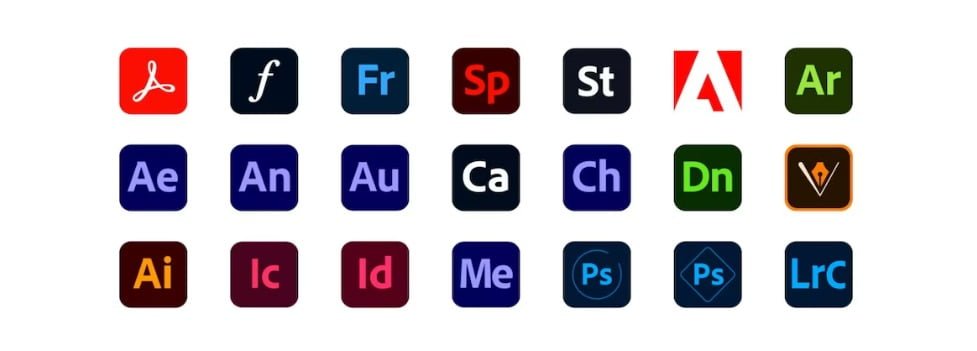For the production of high-quality printed items including books, periodicals, flyers, and more, desktop publishing is a profession that calls for a certain set of abilities and equipment. Adobe Photoshop, a potent image-editing program that may assist you in producing results that seem professional, is one of the most important tools in this industry. In order to streamline their workflow and achieve better outcomes, desktop publishers should be familiar with these five fundamental Photoshop techniques, which we will discuss in this blog post.
1. Layers and Masking
Working with layers, which enables you to layer numerous photos or design components on top of one another without changing the source files, is one of Photoshop\’s most potent abilities. Layers provide you with the flexibility to try out various concepts, alter colors, and make changes without affecting other elements of your design. Another crucial method for hiding or revealing specific areas of a layer is masking. A mask can be used, for instance, to make a person appear in front of a background, to eliminate an eye sore, or to produce a translucent look. You may build complicated compositions and regulate the visibility of various parts by mixing layers and masks.
2. Color Correction and Adjustment Layers
In desktop publishing, accurate color management is essential since it influences the overall feel and aesthetic of your designs. You may change the brightness, saturation, and color balance of your photographs using a variety of tools in Photoshop. Adjustment the ability to alter an image\’s color without causing any damage makes adjustment layers an effective tool for color correction. This implies that you can change an image\’s color without changing the original pixels and witness the effect in real-time. This makes it simpler to test out various color alterations and undo them as necessary.
3. Retouching and Healing Brushes
Removing blemishes, scratches, and other flaws from photographs requires the use of retouching and healing brushes. When using the Healing Brush tool to remove blemishes or scratches, pixels are sampled from one area of the image. You can remove objects and correct other flaws by using the Clone Stamp tool, which lets you clone pixels from one area of an image to another.
4. Text and Vector Shapes
Text is a crucial component of desktop publishing since it helps explain information and gives your project a visual flair. The text settings in Photoshop include font choice, color, size, and alignment. To make text stand out, you can also add special effects like drop shadows, glows, and bevels. Another crucial desktop publishing tool is vector shapes. Unlike bitmap graphics, vector forms can be scaled up or down without losing quality since they are resolution-independent. To create logos, icons, and other design components that must be clear and concise, you can utilize vector shapes.
5. Export and Print Settings
Another crucial desktop publishing tool is vector shapes. Unlike bitmap graphics, vector forms can be scaled up or down without losing quality since they are resolution-independent. To create logos, icons, and other design components that must be clear and concise, you can utilize vector shapes.
Conclusion
These five crucial strategies for Adobe Photoshop\’s desktop publishing capabilities can help you elevate your ideas. These methods will assist you in producing outcomes that seem professional and streamline your workflow, whether you\’re working on a book, magazine, or flier. With a bit of practice and experimentation, you\’ll be able to produce great designs that will impress your customers and set you apart from the competition.

